DIY telescope HT-Mini v2
Posted by Wesley on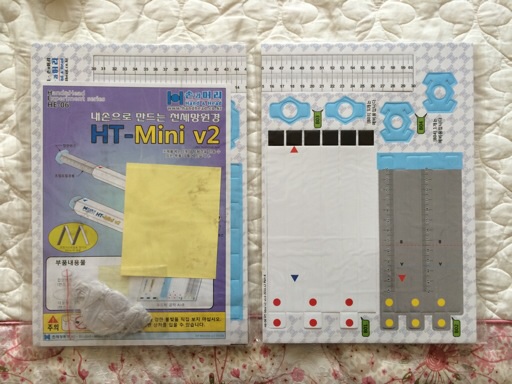
Two HT-Mini v2 telescope kits
My daughter Celine got interested in building a telescope after seeing a couple of real ones in the house. She even made a make-believe one out of a couple of tubes. But to make a working one, one would need at least two lenses - an objective lens and an eyepiece. Those aren't just lying around anywhere in working pairs, so I searched for a simple telescope building kit instead.
And this "HT-Mini v2" was just the thing I wished for. It's cheap, at about US$5.60, while seemingly easy and sturdy enough for a kid to handle. I ordered two, so my two daughters wouldn't fight to have one, and the kits arrived in the mail the next day. Each of them were basically comprised of a pre-cut foam sheet and two lenses.
We opened the package and got to putting one together.
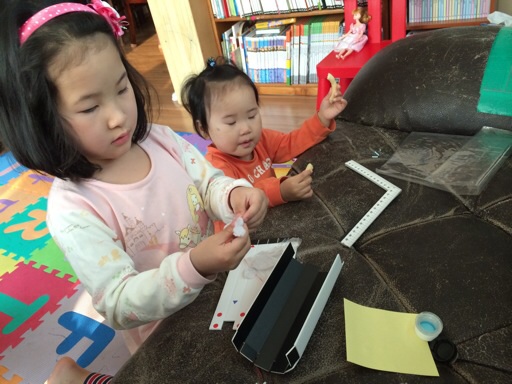
Celine assembles, as Hayun watches
Popping the parts out were easily done by Celine, but making them shaped right required some adult supervision.
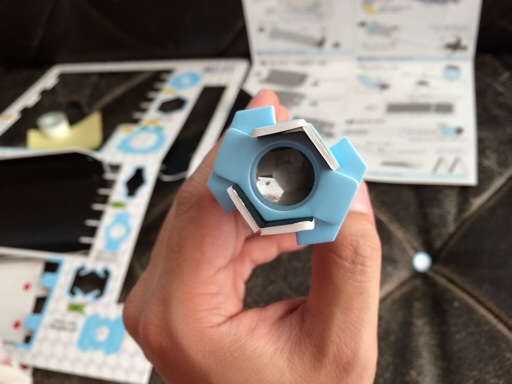
The eyepiece is ready
The design of this telescope is made in such way that no glues were ever necessary. Even the lenses are locked into place between the foam sheets thanks to its clever design. Lots of cellophane tapes (provided in the kit) were needed to hold things together, though.
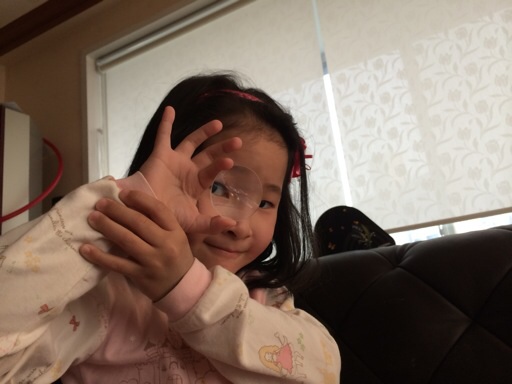
It's a magnifying glass!
Lenses were made of simple uncoated plastic, so the optical properties wouldn't be that remarkable. But it's good enough for an educational toy.
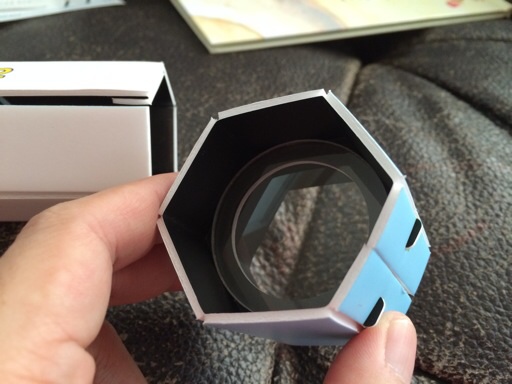
The objective lens assembly
Once the objective lens was placed inside, the telescope was completed. The tubes can be pulled out to about 45cm for observation, or pushed in to about 20cm for carrying.
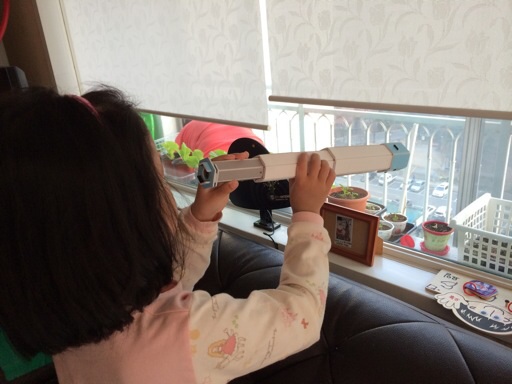
Looking outside with the new telescope
After checking the focus, I let Celine take a look outside with the newly built telescope. She didn't have much experience looking into one, so it was difficult for her to find anything at first - the flipped image didn't help, either. But eventually, she was able to locate things and tell me what she had seen.
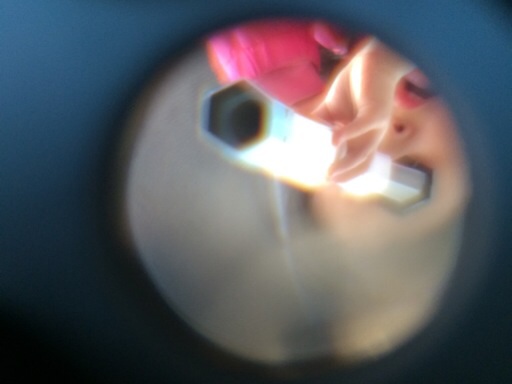
Looking through the telescope
This is how it looks like to see through the telescope. Chromatic aberration shows up as expected, but you can see things more or less okay. We looked at the Moon with this at night, as well.
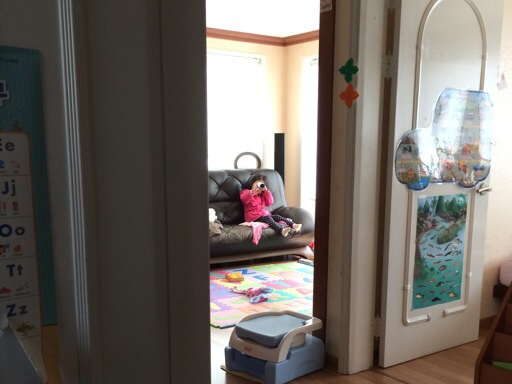
How it looked like unmagnified
The magnification factor of this telescope is about 13x, which is similar to what you'd get with a wide-angle eyepiece in a small telescope. All in all, you won't be using this to do some serious study, but it's a good exercise for the kids to learn how a telescope is made of and how to take a look into one.